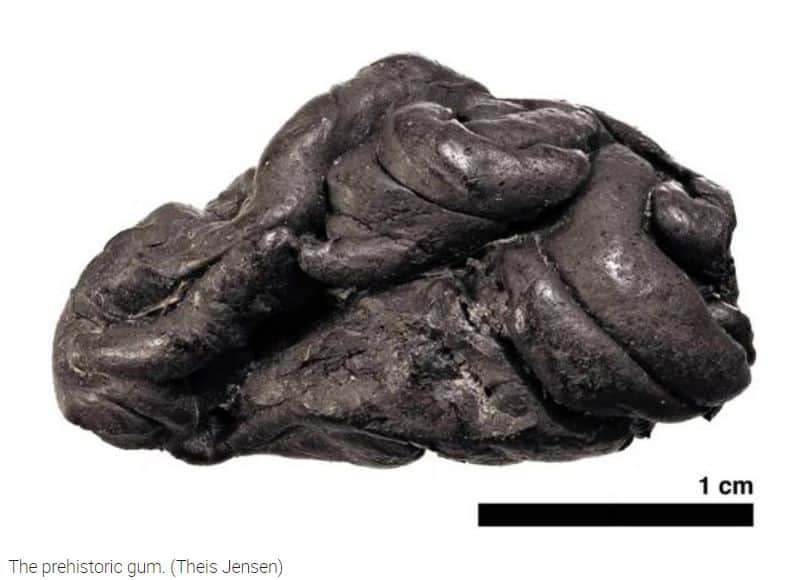Researchers at the University of Copenhagen have been able to extract a complete human genome from a 5,700-year-old birch resin gum found in an excavation in Syltholm, in southern Denmark.
The research, published by the journal ‘Nature’, also includes an analysis of the DNA of plants, animals and microorganisms also concentrated in the same material, which provides data on oral microbes and the type of food of the individuals of that time.
The director of the study and associate professor of the Danish university, Hannes Schroeder, stressed that this is the first time that an ancient human genome has been extracted from something other than bones.
This “chewing gum”, obtained from heating the birch bark, has been used as an adhesive since the Middle Pleistocene (between 760,000 and 126,000 years ago), and the small pieces found in archaeological works contain teeth marks, which suggests They were chewed.
After sequencing the DNA found in this material, the scientists determined that the individual who chewed it was a woman, probably with blue eyes and a dark skin and hair tone, genetically closer to the hunter-gatherers of continental Europe than to the who lived in Scandinavia at that time. The young woman is already known as Lola.

Also, in the examination of the non-human genome found, the researchers detected characteristic species of oral bacteria, such as ‘porphyromonas gingivalis’, a pathogen known to cause infectious mononucleosis or glandular fever.
“It can help us understand how pathogens have evolved and spread over time, and what makes them particularly virulent in a given environment. At the same time, it could help us predict how the pathogen will behave in the future and how it could be contained or eradicated, “Schroeder said.
“A valuable source”
The results of the investigation also yielded clues about the diet of the individuals of the time through traces of genetic material from plants and animals, among which were samples of nuts and duck.
According to Schroeder, this material is a “valuable source” and unexplored of information about the genetic composition of our ancestors, “especially in a period where there are no human remains.”
